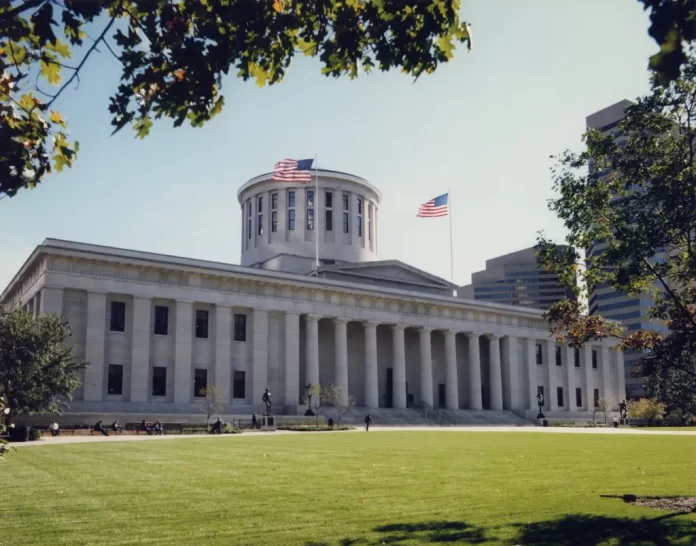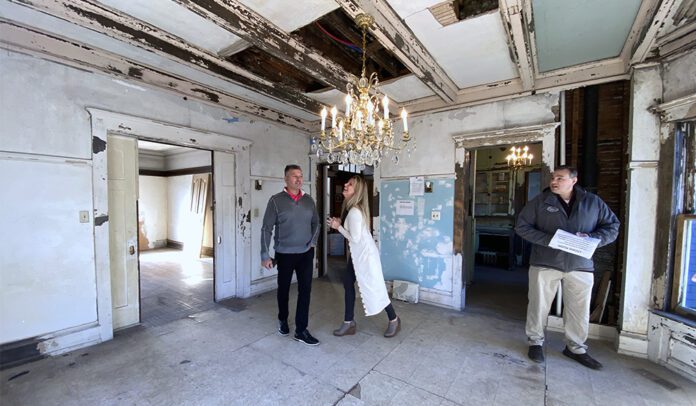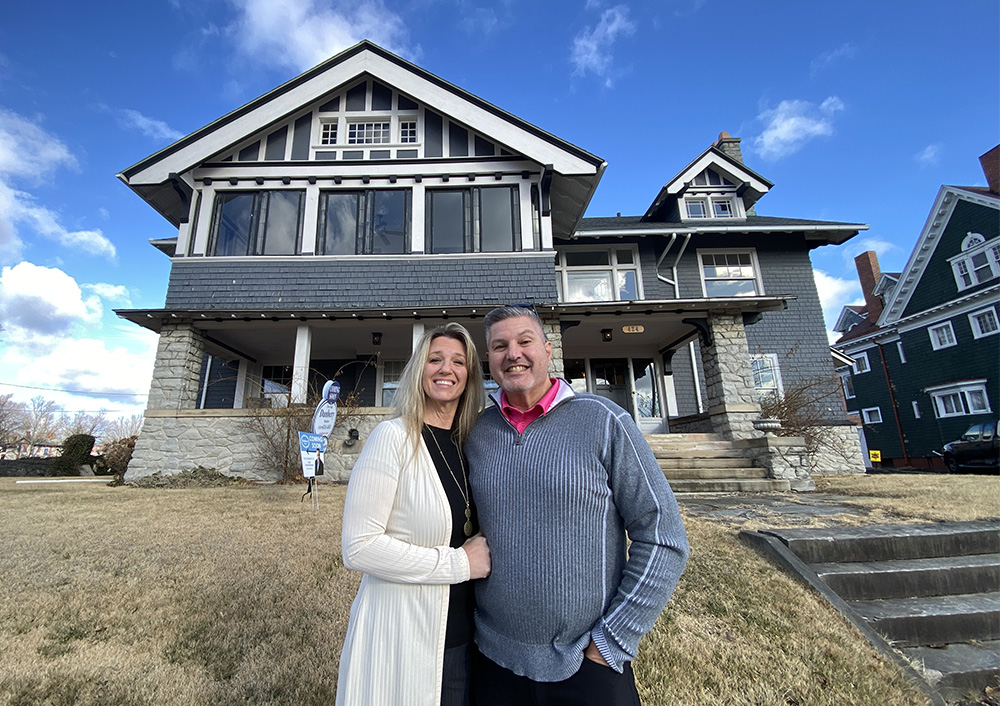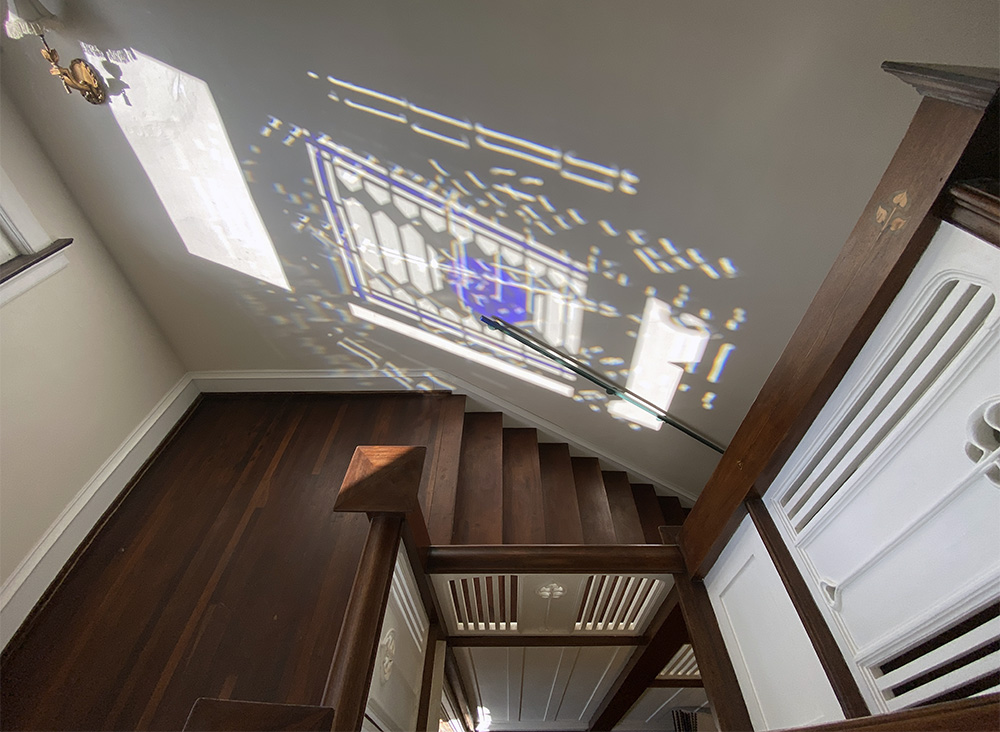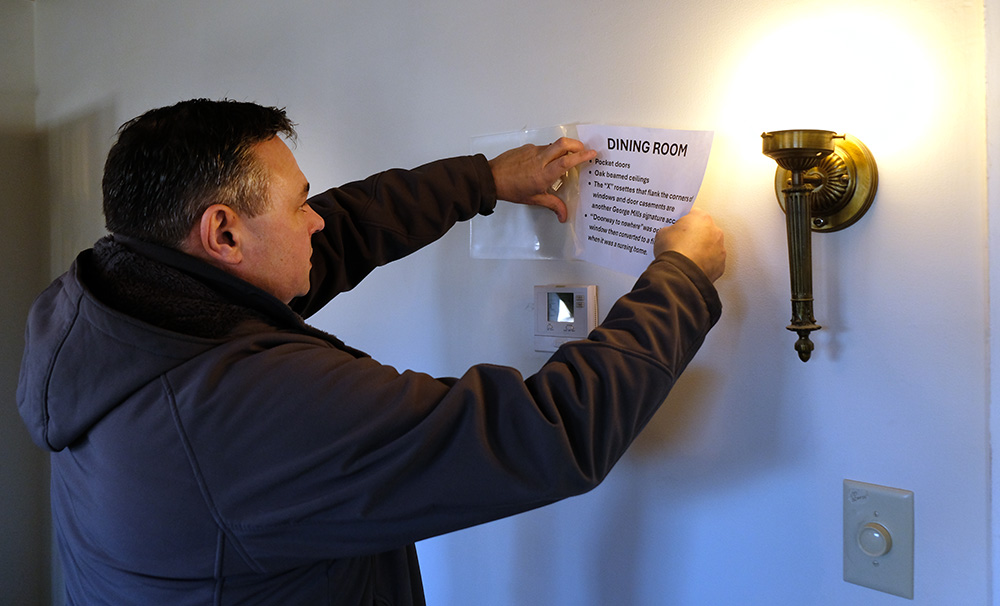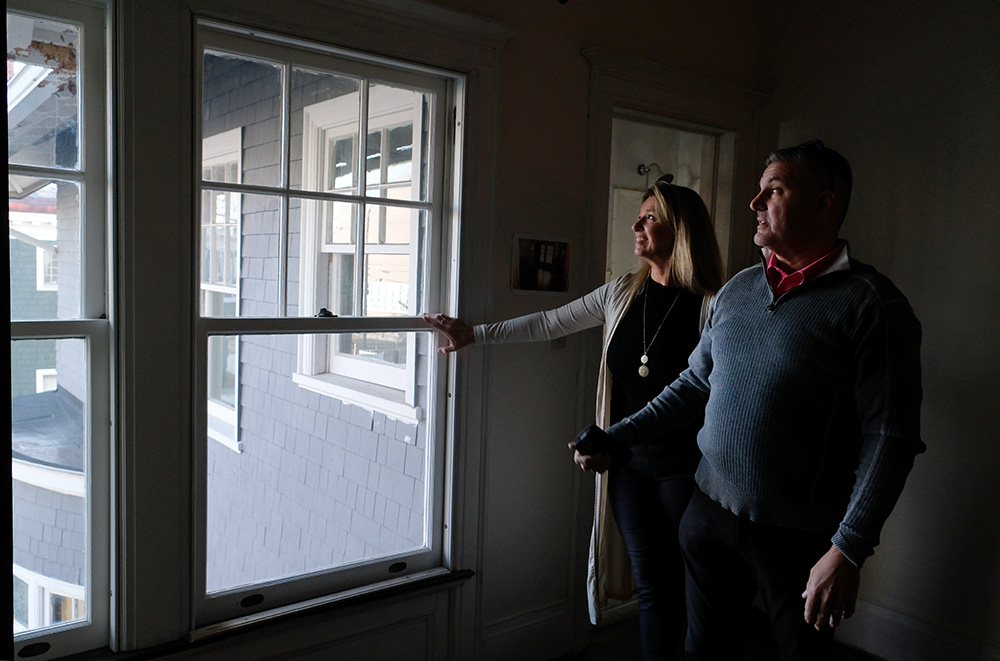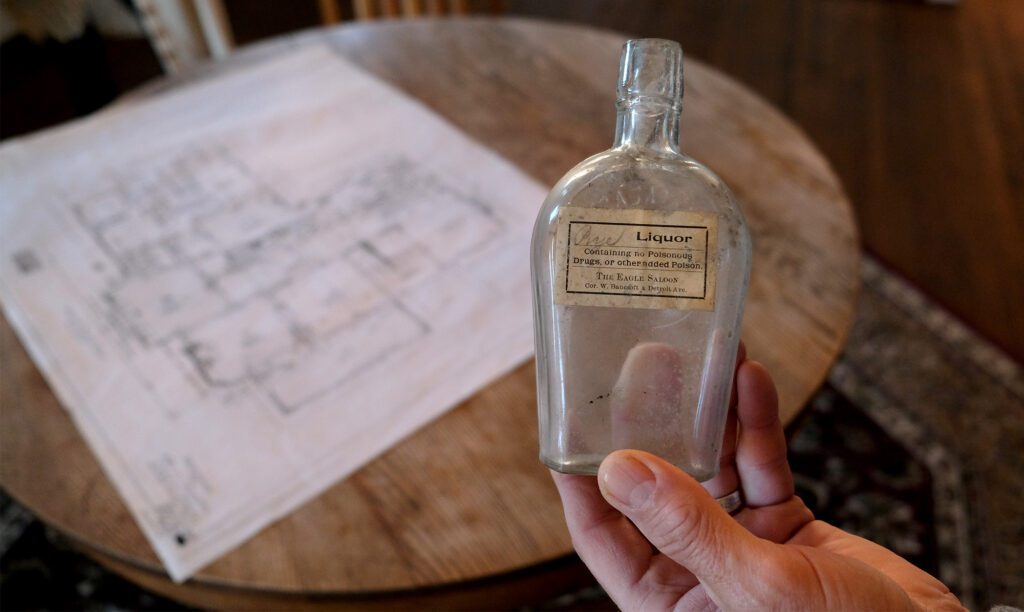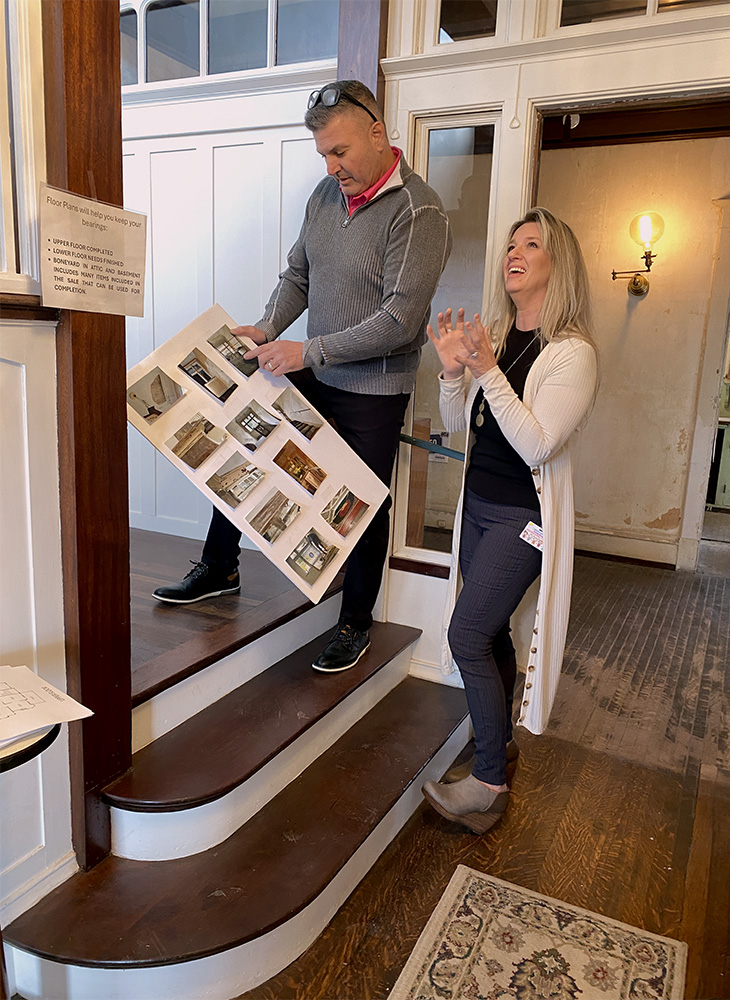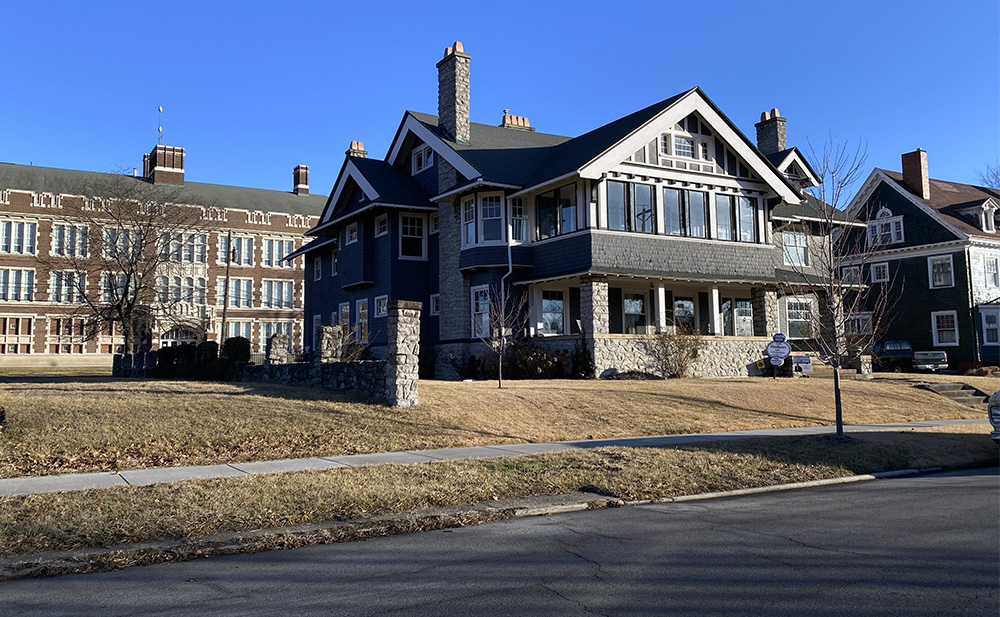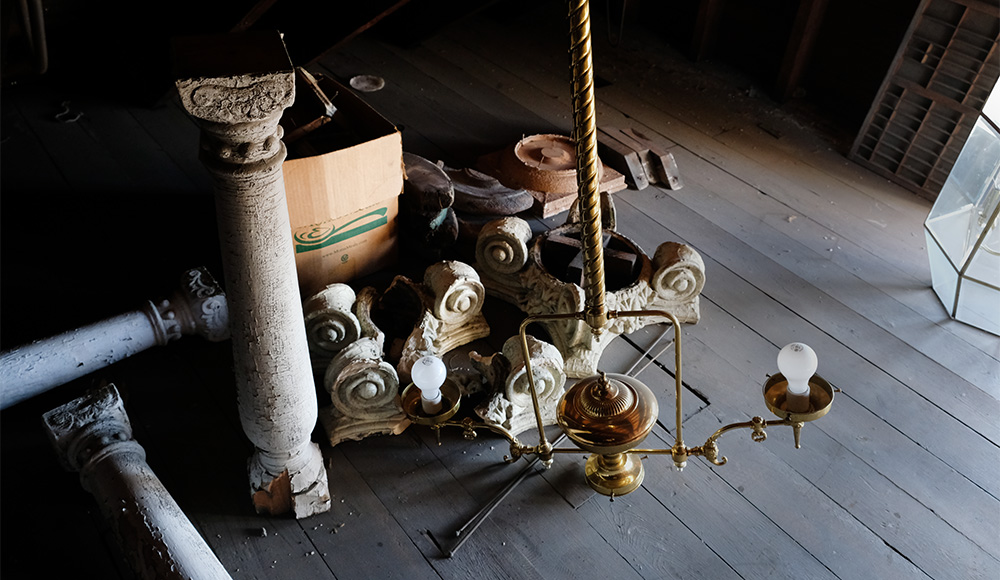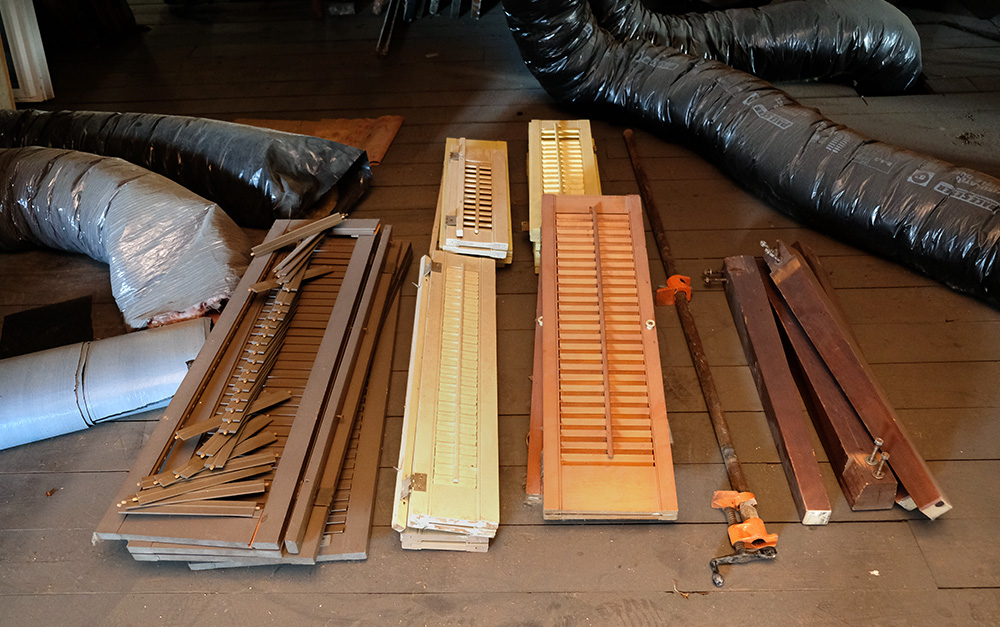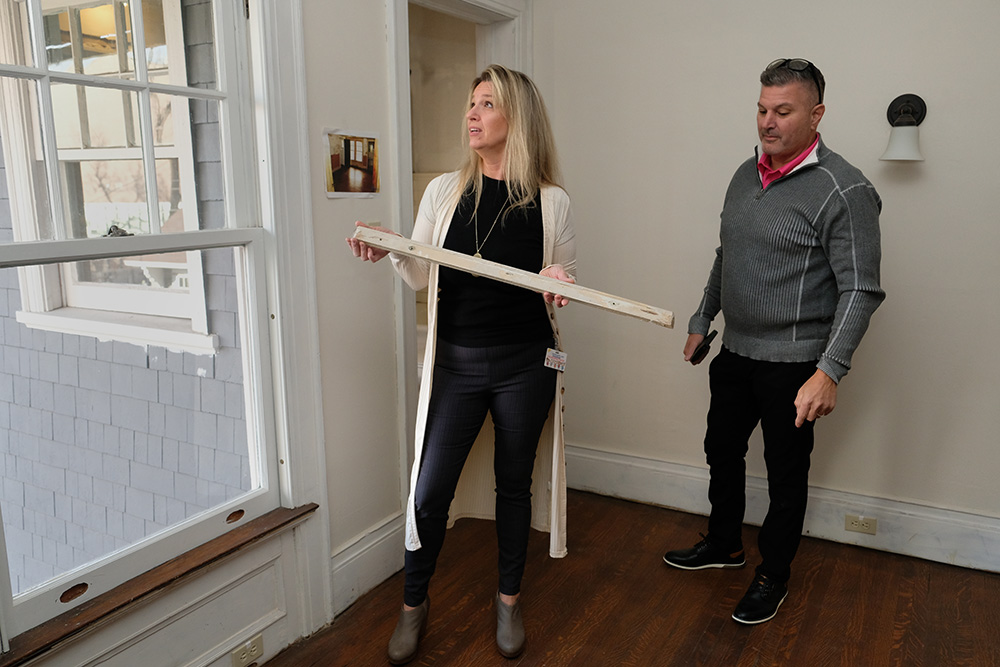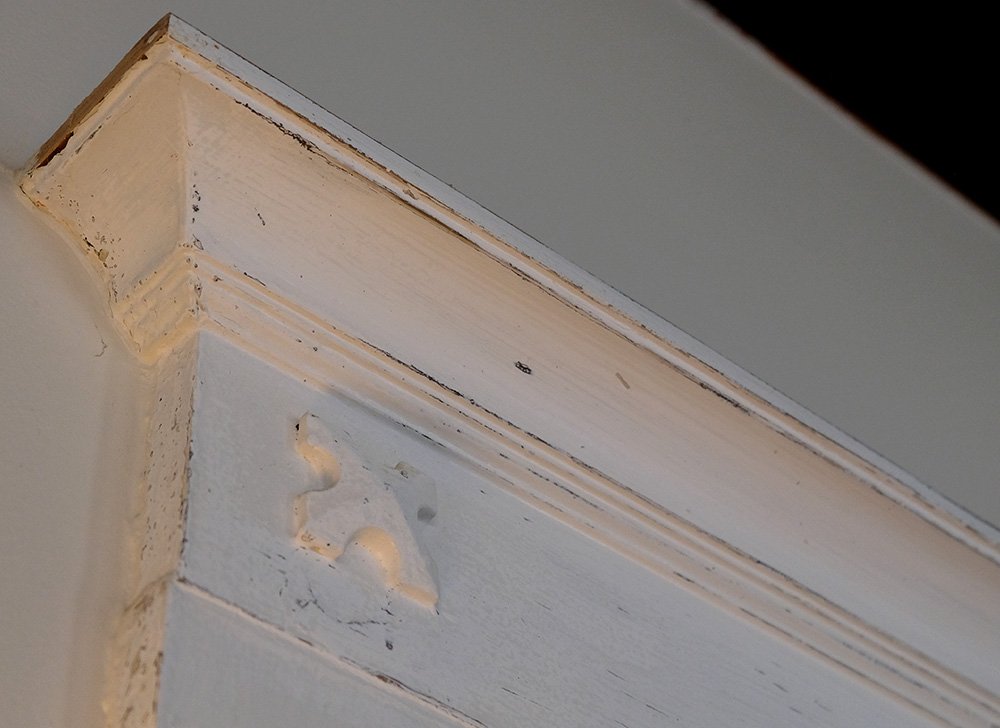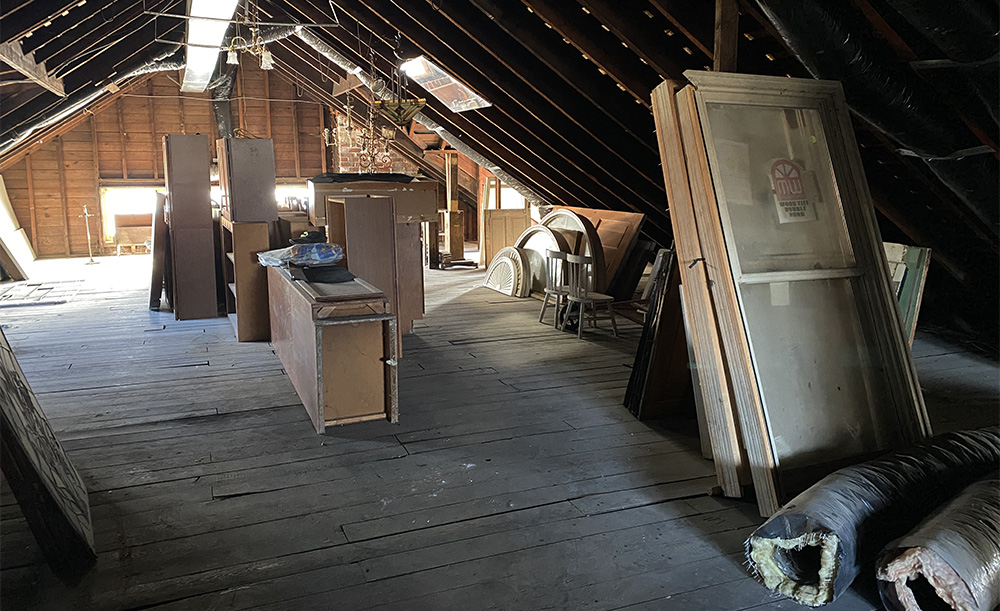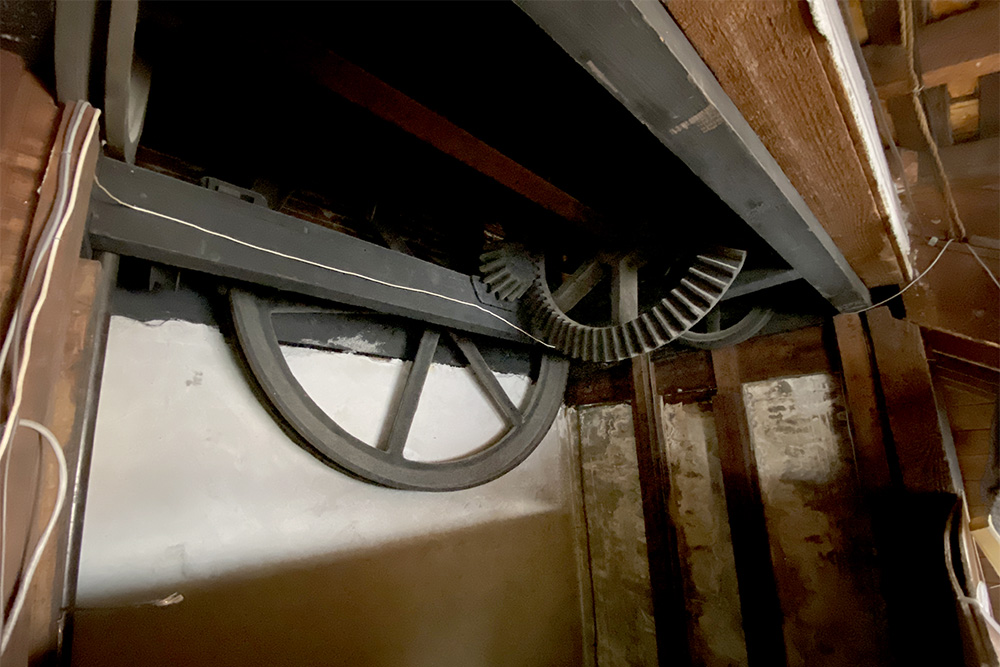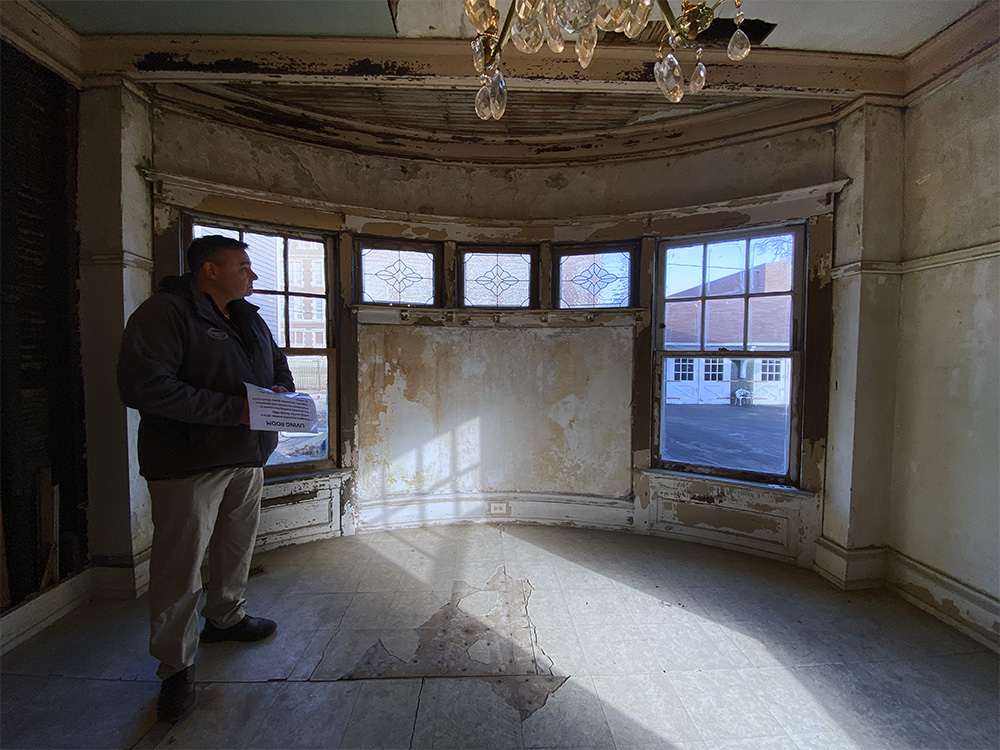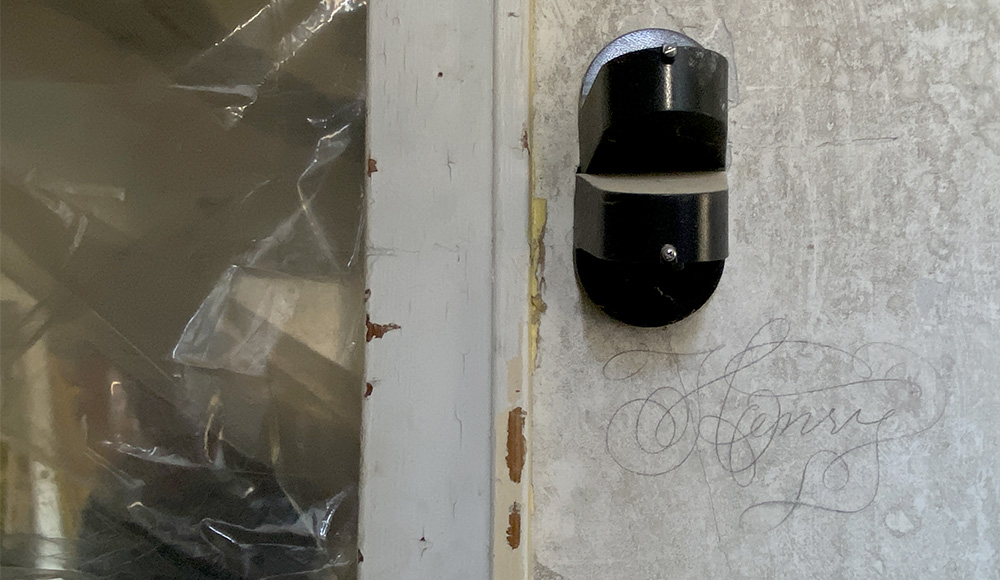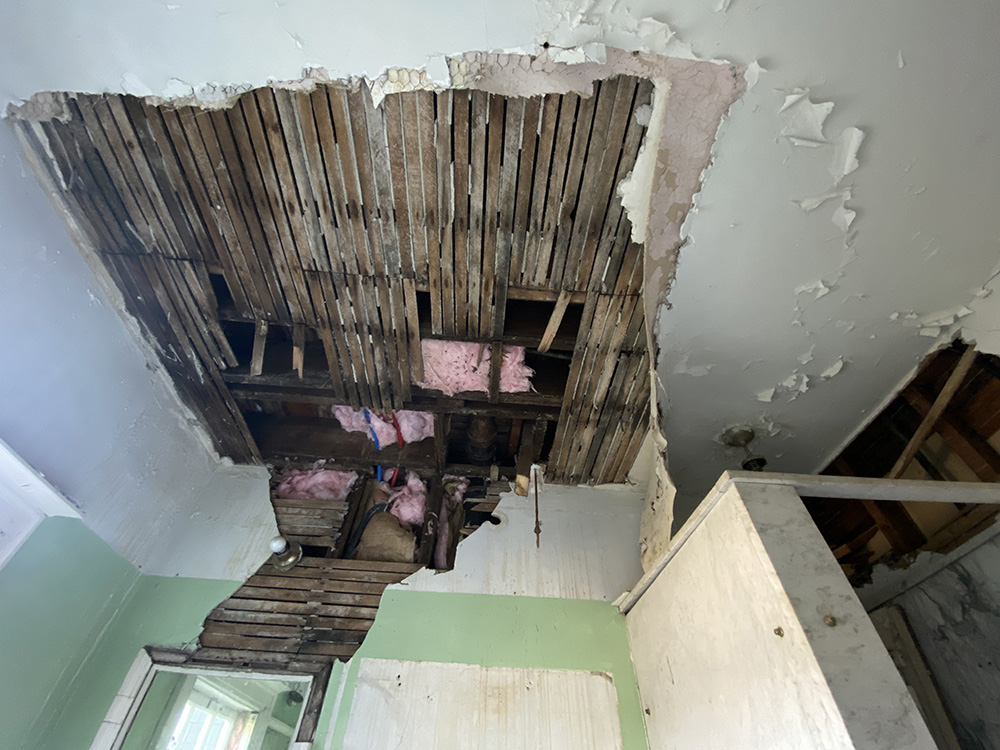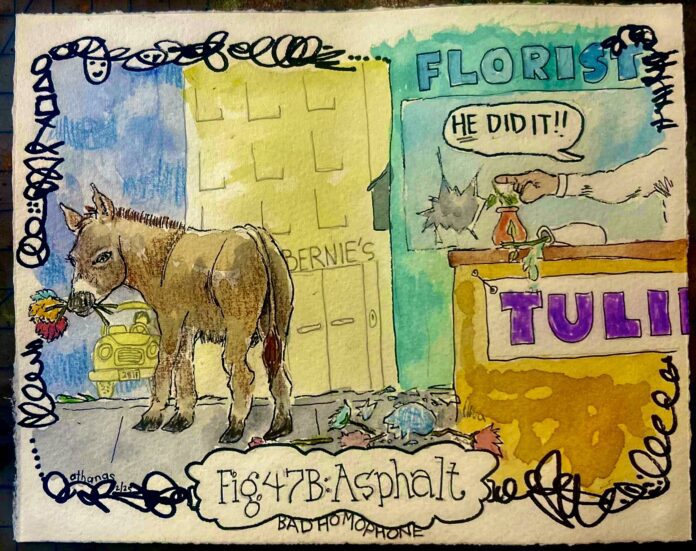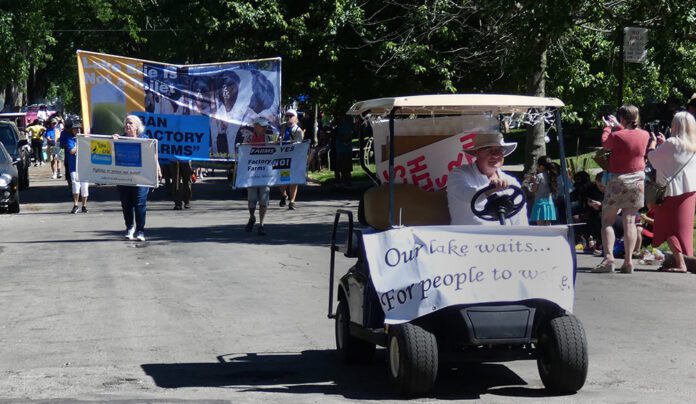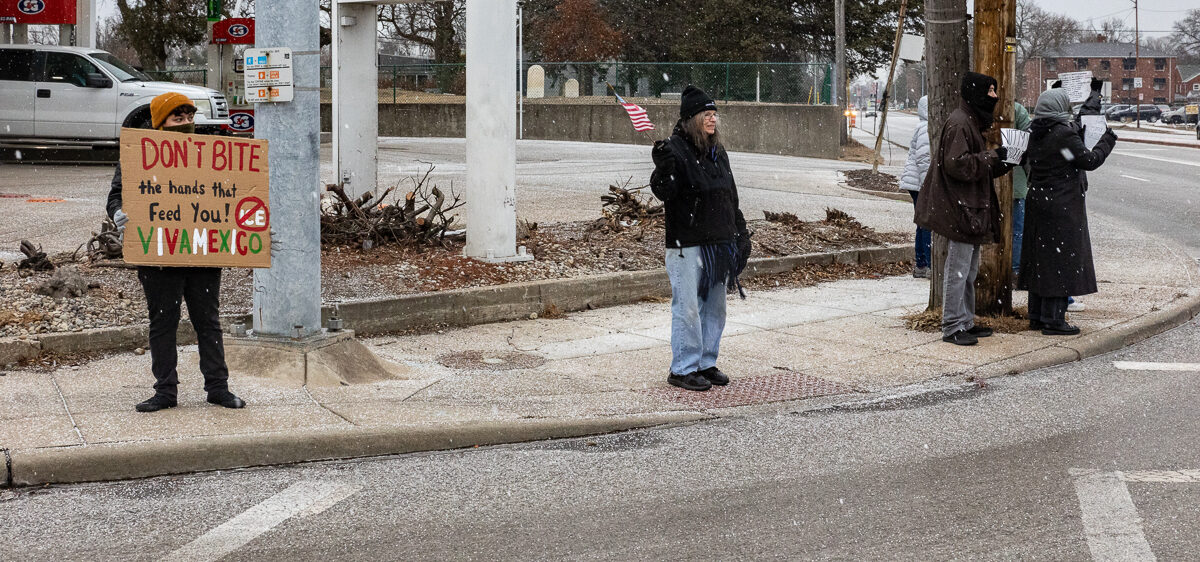This story was originally published by Signal Statewide. Sign up for their free newsletters at SignalOhio.org/StateSignals. Statewide is a nonprofit media partner of the Toledo Free Press.
By Andrew Tobias | Signal Statehouse
Gov. Mike DeWine released his budget plan this week. The two-year, $60.9 billion plan is a blueprint for funding basic state operations. But, as always, it’s also a vehicle for state policy changes.
I wrote articles this week detailing DeWine’s proposal to fund the Cleveland Browns’ and Cincinnati Bengals’ stadium projects by doubling taxes on sports betting. I also added context to his plan to spend $50 million on getting schools to bring back driver’s ed programs that largely have shifted to private operators.
There are many other meaty proposals that merit a deeper look, such as his proposal to change the state’s K-12 school funding formula by curtailing funding “guarantees” for school districts with shrinking enrollment. DeWine also proposed creating a new refundable $1,000 per-child tax credit for qualifying families and called for paying for the final two years of the landmark Fair School Funding Plan lawmakers passed in 2021.
More details will be available next week, when the governor is supposed to introduce the full text of his budget bill.
Lawmakers’ budget dealing will likely deflate DeWine’s dreams
But it’s always worth remembering DeWine’s budget proposal is just that — a proposal. His dreams don’t always become budget reality. DeWine is not especially influential with the GOP-controlled legislature, even though many items of his “children’s agenda” have made it through in the past.
Watch for taxes to be a focus of upcoming budget talks. A key dynamic of budget negotiations during DeWine’s tenure has been his position that the state has cut taxes enough already. That position bumps against the Legislature’s insistence that state taxes need to be cut even more. In the past, the two sides ended up in the middle, where some of DeWine’s programs got funded and the Legislature got its tax cuts.
In this budget, DeWine has proposed some major tax hikes – doubling the state’s gambling tax to fund the stadium projects and a separate big hike on tobacco products to pay for the proposed child tax credit. He also proposed doubling taxes on recreational marijuana to pay for policing and jail services. It remains to be seen whether Republican lawmakers will play ball.
My goal at Signal is to dig into the most important, impactful policies. So let me know if there’s anything you’re wondering about.
Advocates of Medicaid funding for autism therapy speak out
Ohio’s Department of Medicaid is required to cover Applied Behavioral Analysis therapy, a leading treatment for autism. But providers and advocates say the state isn’t doing enough to provide this treatment for more people.
The state’s lack of standardized coverage rules leads to a patchwork of regulations that providers say make it hard to get paid. As a result, advocates estimate only 8% of eligible kids on Ohio Medicaid plans are receiving ABA therapy, and most ABA providers haven’t signed up to accept Medicaid, advocates say.
Find out more about this issue in my story here. In it, I talk to families in the real world about how they are affected by ABA therapy, and I discuss the recent steps by the state’s Medicaid department to create coverage rules.
More jockeying for 2026 governor’s horse race
Wednesday brought a significant development in the ongoing maneuvering ahead of the 2026 statewide elections.
Republican State Treasurer Robert Sprague announced he is dropping out of the governor’s race and instead is running for Ohio Secretary of State. He’s also throwing his support behind Vivek Ramaswamy, who’s expected to officially announce his bid for governor later this month.
The development leaves a less crowded GOP primary for governor, which also features Attorney General Dave Yost, and a more crowded one for Secretary of State, which also features former state senator Niraj Antani. Ohio Sen. Theresa Gavarone of Bowling Green is also thinking about running.
(Update: Secretary of State Frank LaRose, a Republican, announced Thursday morning that he will run for state auditor in 2026.)
Sprague’s decision follows a Friday campaign-finance deadline that shows how much money the various candidates have to work with. Yost reported raising $1 million in the second half of 2024, giving him $2.4 million in the bank. Sprague raised $100,000, giving him $2.1 million. A big chunk of Sprague’s money – $935,000 – is a personal loan, which will go further in a lower-profile race if he decides to spend it.
Jon Husted reported having $6 million, the largest campaign bank account of any statewide candidate by far. But now that he’s in the U.S. Senate, he’ll have to figure out how to convert the money into his new federal campaign account.
Other Ohio candidates with sizable campaign bank accounts include Republican Ohio Auditor Keith Faber ($1.7 million), former Republican State Representatives Jay Edwards ($773,000), and Dr. Brian Hambley of the Cincinnati area ($362,000.) Faber is expected to run for state attorney general. Hambley, a Democrat, recently announced a run for Secretary of State. Edwards has yet to announce his political plans.
Signal Statewide is a nonprofit news organization covering government, education, health, economy and public safety.

